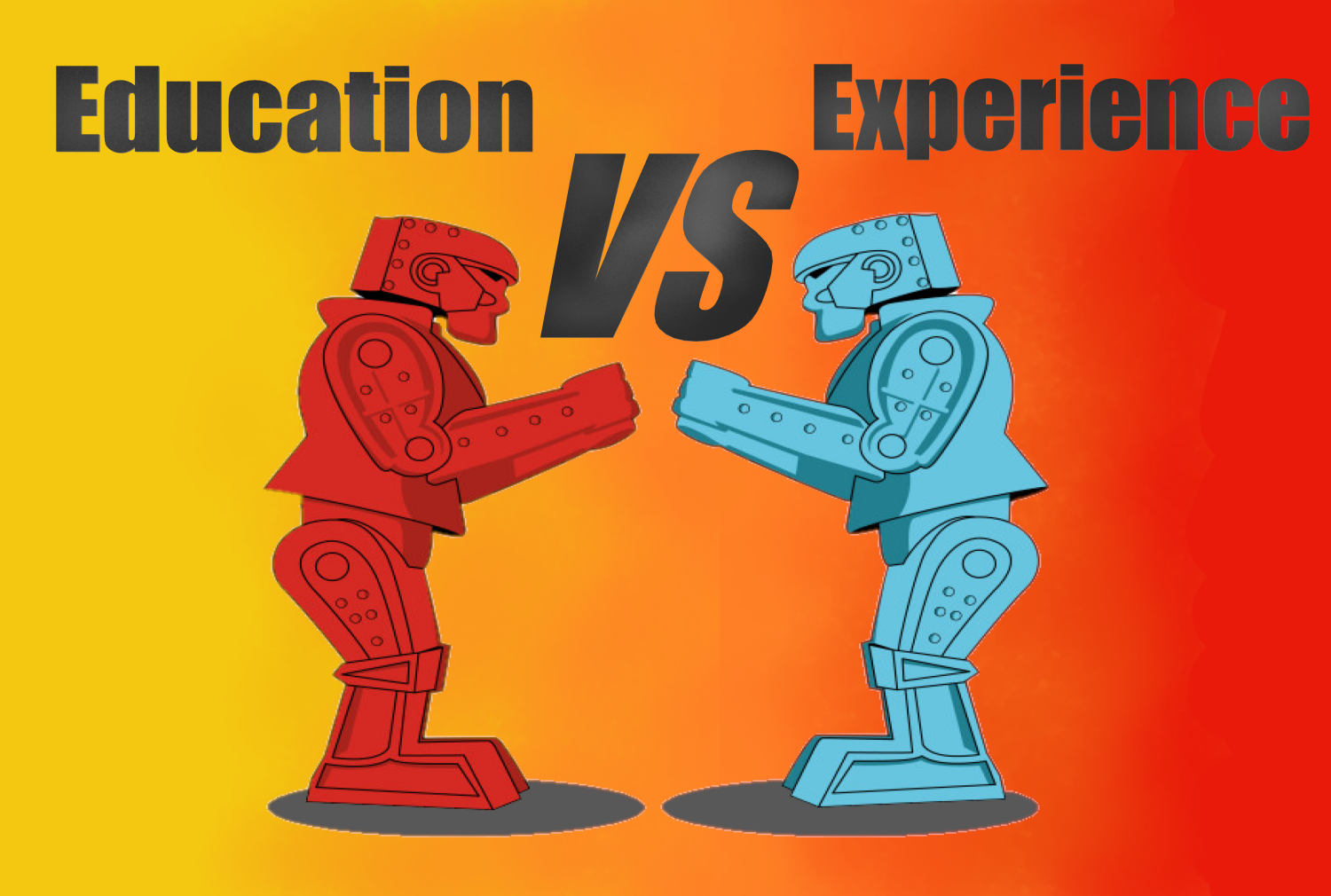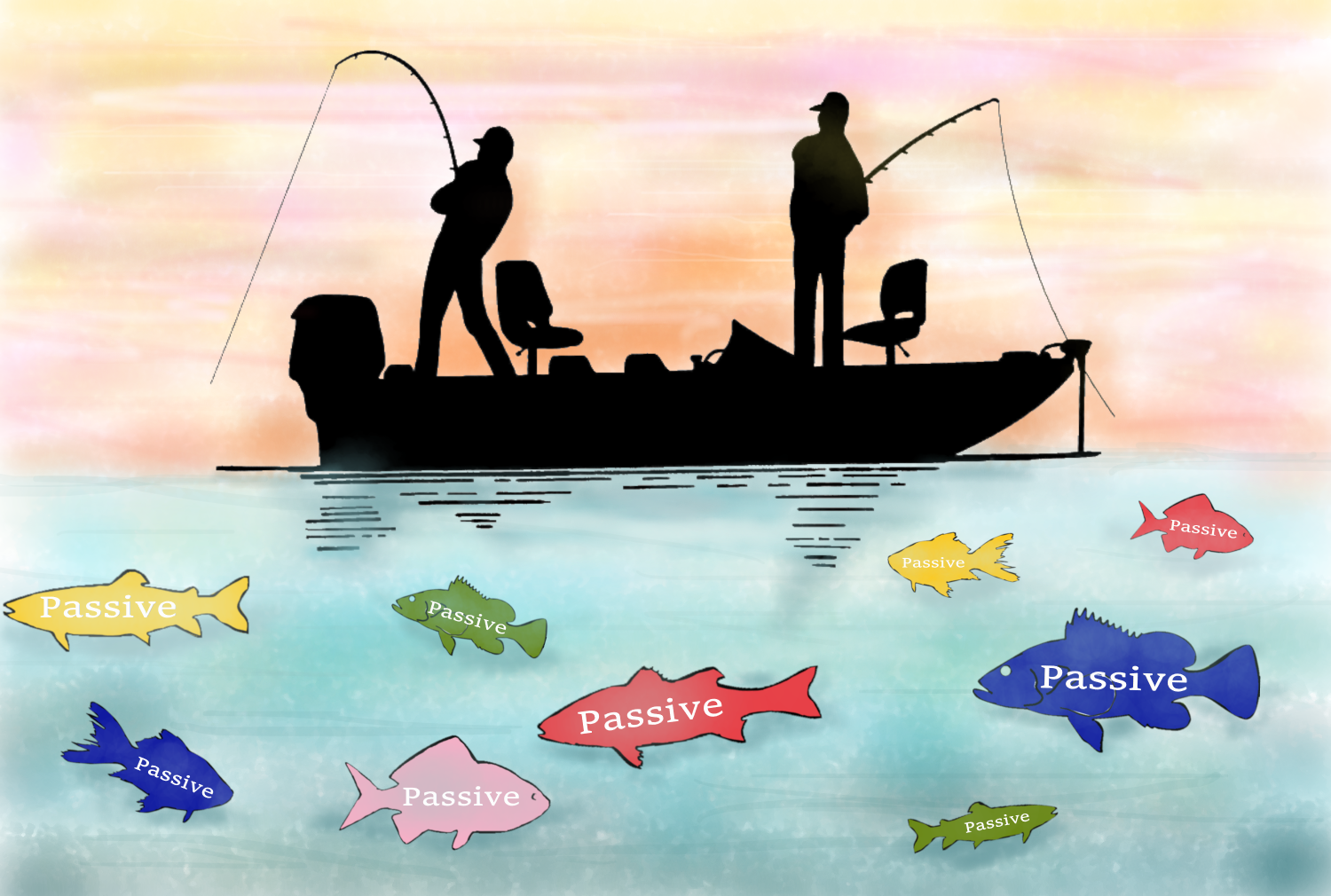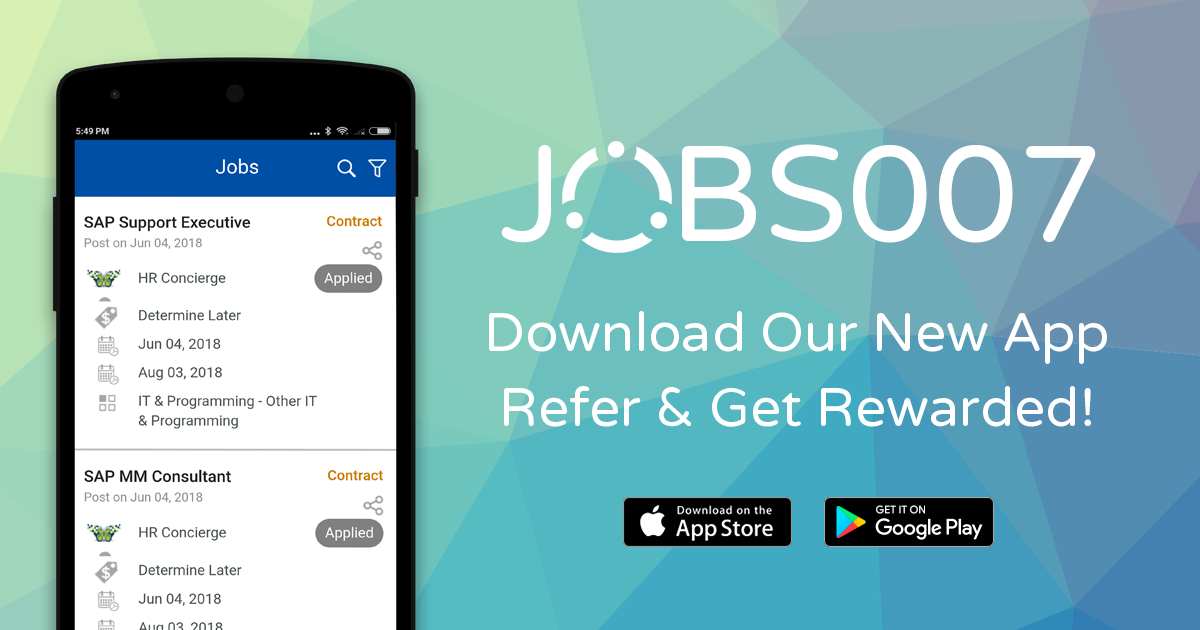The cover letter can help you stand out in the stack of resumes sent in. However, it can also make you look very bad too. With most of the cover letters looking almost the same, I am sure you will not want to read the hundreds of cover letters. Neither do the hiring managers. So, pick out some point that you think would attract the hiring manager’s attention! Here are some tips and things to include in your cover letter.
- Don’t keep repeating
Instead of repeating what your job responsibility are (which you may have already included in your resume), use your cover letter to add details that you do not have on your resume. For example, things like what you have learned while working in your previous job and why you are the perfect candidate of choice for the company.
- Show off your Skills
Your past job experience may be irrelevant to the one you are interviewing for. However, if you have the skills set needed and is confident that you ca do the job well, include that!
- Write about the company
Research and understand more about the company you are interviewing. This shows the hiring manager that you are interested in the job post and know what the company is doing. You can tell them what attracts you and what interest you about the company.
- Keep it Short
It does not have to be too long. About 3-4 paragraphs or just a page would do.
- Editing
Well, I do not have to talk about spelling mistakes because if you are using Microsoft word for this, you will most probably be noted if there are any spelling errors. However, check if there is a better word pair for the words you are using. Also, your grammar used in the cover letter should be checked as well.
Image Credit: Designed by Freepik















